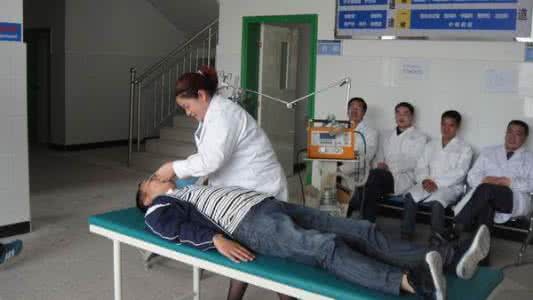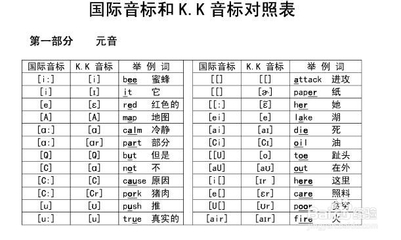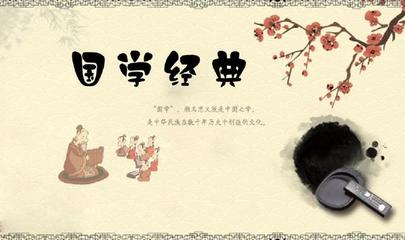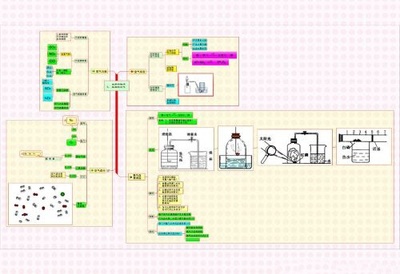当意外发生时,我们并不仅是等待,而应在掌握准确的急救知识和技术的情况下,完全也可能在最紧急的时候挽救自己或他人的生命。接下来小编为大家整理了急诊基础的学习,希望对你有帮助哦!
Most accidental poisonings are the result of common things like medicines, insect chemicals and cleaning solutions.
Victims are generally advised to drink milk or water as a first step. But experts say never try to give liquids to someone who is having a violent reaction to a poison. And never try to force liquids into someone who is unconscious.
Seek professional medical help in case of a poisoning. Save the container of whatever caused it. And look on the container for information about anything that stops the effects of the poison.
If the victim vomits, save material expelled from the mouth so doctors can examine it.
In the past, in some cases, people were often advised to force vomiting in order to empty the stomach. But experts have questioned this treatment. They say there is a lack of evidence to support it.
The American Academy of Pediatrics no longer advises parents with young children to keep syrup of ipecac. That medicine forces vomiting. But the person could choke. And some poisons can cause additional damage coming back up.
Millions of people know about a way to save a person who is choking on food or some other object. It is commonly known as the Heimlich Maneuver.
If the victim is sitting or standing, get directly behind the person. Put your arms around the victim's waist. Close one hand to form a ball and place it over the upper part of the stomach, below the ribs. Place the other hand on top and push forcefully inward and upward. Repeat these abdominal thrusts until the object is expelled from the mouth.
The maneuver is named for the American doctor credited with developing it by the early nineteen seventies. Henry Heimlich won the Albert Lasker Public Service Award in 1984.
Doctor Heimlich has described the maneuver as also an effective way to save people from drowning. He says the pushing action forces water out of the lungs. The American Red Cross and the American Heart Association disagree.
The heart association says there is evidence to suggest that the Heimlich Maneuver could do more harm than good to victims of a near-drowning. It says that at the very least, using the maneuver could delay other methods to start the victim breathing again. It says the maneuver should be used only in cases where the victim of a near-drowning is choking on an object.
The American Red Cross has changed its advice for treating choking victims who are conscious. The group now says a rescuer should first hit the person on the back five times between the shoulder bones. These back blows may ease the choking.
If not, the Red Cross says, then do five abdominal thrusts. It says to repeat these two steps until the victim is able to breathe or speak.
One person who has criticized the new Red Cross guidelines is Henry Heimlich. He argues that back blows can make the choking worse. Doctor Heimlich is eighty-seven years old and lives in Cincinnati, Ohio.
Something else: the American Red Cross has stopped using the name Heimlich Maneuver. It only uses the term abdominal thrusts. A spokeswoman for the American Heart Association says Heimlich Maneuver is a term that people remember and understand. But she says her organization only uses it sometimes.
The question of what to call the maneuver may be the result of a family dispute that has become highly public. A son of Doctor Heimlich has been leading a campaign against his father's work.

Peter Heimlich says most medical groups have discredited his father's work except the maneuver for choking. And he has been disputing that his father invented it by himself.
He told the Cincinnati Business Courier newspaper last year that he considers his father's ideas dangerous.
A spokesman for Henry Heimlich rejected what Peter Heimlich says. He called him an angry son.
CPR is cardiopulmonary resuscitation. It forces air into the lungs and pumps blood and oxygen to the brain. Experts say it greatly increases the chances that a heart attack victim will survive, with little or no brain damage. CPR is also used for victims of drowning and other situations, like accidents.
The first step, after you call for medical help, is to point the victim's head back to open the air passages. Look to see if the person is breathing. If not, hold the person's nose closed and place your mouth over the victim's mouth. Give two breaths. Blow until you see the chest rise. Each breath should last about one second.
If the victim has no heartbeat, the next step is to begin chest compressions. Place one hand over the other and press firmly on the center of the chest. Push down about five centimeters at a rate of about two times each second. Breathe two times into the victim's mouth for every thirty times you push down on the chest.
After a minute, check again to see if the person has a heartbeat and is breathing. If there is a heartbeat but no breathing, continue with rescue breaths only. Give one breath every five seconds.
If there is no heartbeat, then continue with rescue breaths and chest compressions until help arrives.
Chest compressions can also be used on a choking victim who is unconscious.
CPR training these days will likely include advice to use a protective barrier during mouth-to-mouth resuscitation. There are special masks for this purpose that can help prevent the spread of disease. Some trainers say that even blowing through a piece of cloth like a shirt is better than no protection at all. But some tell people to perform mouth-to-mouth without a barrier mask only on a person they are sure is not infectious.
CPR is not difficult to learn. Many organizations teach it. And most CPR training now includes how to use an automated external defibrillator, or A.E.D. These devices, which are increasingly found in public places, have a recorded voice to guide the user. Defibrillators use electric shocks to try to correct an irregular heartbeat that can lead to sudden death.
Bacteria can enter the body through even the smallest cut in the skin. So medical experts advise people to treat all wounds. Clean the cut with soap and water and then cover it while it heals.
If bleeding does not stop quickly, use direct pressure. Place a clean piece of cloth on the wound and hold it firmly in place until the bleeding stops or medical help arrives.
A spokesman for the American College of Emergency Physicians says direct pressure should be kept on a wound for about twenty minutes. Doctor Richard O'Brien says victims may be able to do it themselves while others go for help.
Do not remove the cloth if the blood soaks through it. Instead, put another cloth on top and continue pressure. Use more pressure if the bleeding has not stopped after twenty minutes.
In the past, people were advised to use a tourniquet to stop severe bleeding. A tourniquet is made with a stick and a piece of cloth or a belt. The device is tied around an arm or leg to stop the flow of blood to the wound area.
But Doctor O'Brien says medical experts no longer support the use of tourniquets in most cases. He warns that tourniquets are dangerous because they can crush major arteries and nerves. He says a tourniquet should be used only if the wound is so severe that it represents an immediate threat to the victim's life. And even then, he says, it should be used for only five minutes.
If a wound seems infected, let the victim rest. Physical activity can spread the infection. Treat the wound with a mixture of salt and water until medical help arrives. Add nine and one-half milliliters of salt to each liter of boiled water. Place a clean cloth in the mixture and then put the cloth on the wound. But be sure not to burn the skin.
To learn more about first aid, check with a hospital or a local organization like a Red Cross or Red Crescent society. There may be training classes offered in your area. And to learn more about science and health, go to www.unsv.com.
 爱华网
爱华网



